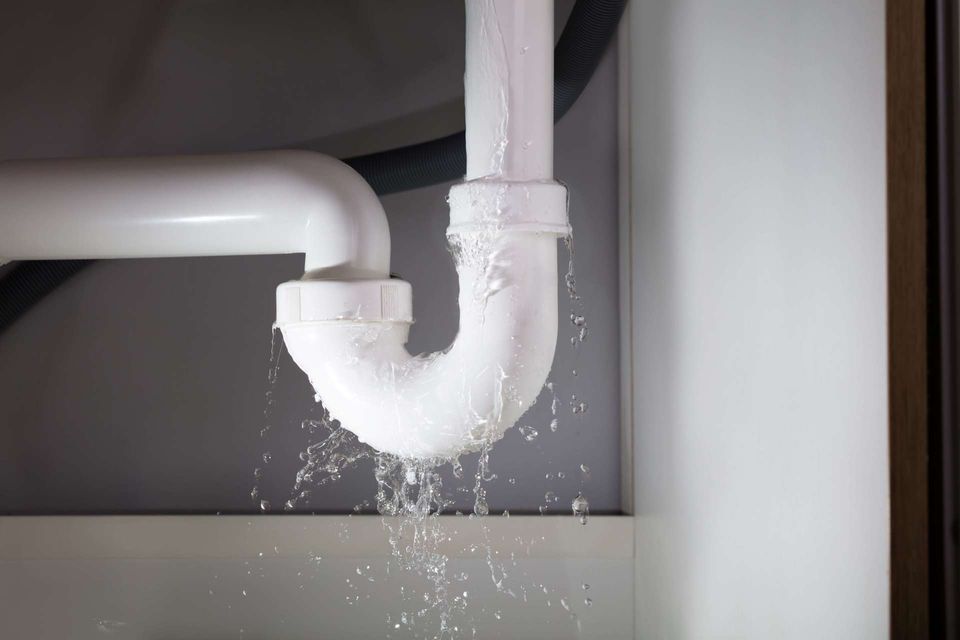Just how to Locate and Repair Work Water Leaks-- A Comprehensive Guide
Just how to Locate and Repair Work Water Leaks-- A Comprehensive Guide
Blog Article
This post down below about Top leak detection hacks is rather motivating. Give it a try and make your own personal final thoughts.

Early detection of dripping water lines can alleviate a prospective disaster. Some tiny water leaks might not be visible.
1. Check Out the Water Meter
Every residence has a water meter. Inspecting it is a guaranteed way that aids you discover leakages. For starters, shut off all the water sources. Guarantee no one will certainly purge, use the tap, shower, run the cleaning machine or dishwashing machine. From there, go to the meter and watch if it will certainly change. Given that nobody is utilizing it, there need to be no movements. That shows a fast-moving leak if it relocates. If you spot no changes, wait a hr or two and also check back once again. This implies you might have a slow leakage that might even be below ground.
2. Check Water Usage
Examine your water bills and track your water usage. As the one paying it, you should discover if there are any type of disparities. If you detect sudden changes, in spite of your usage coinciding, it indicates that you have leaks in your plumbing system. Bear in mind, your water costs need to fall under the very same variety every month. An abrupt spike in your bill indicates a fast-moving leak.
On the other hand, a stable increase on a monthly basis, despite having the very same habits, shows you have a slow leak that's additionally gradually rising. Call a plumber to thoroughly examine your home, particularly if you feel a warm location on your flooring with piping beneath.
3. Do a Food Coloring Test
30% comes from toilets when it comes to water intake. Examination to see if they are running appropriately. Decrease specks of food color in the tank and wait 10 minutes. There's a leakage in between the storage tank and also dish if the shade in some way infiltrates your bowl during that time without flushing.
4. Asses Exterior Lines
Do not fail to remember to check your exterior water lines as well. Test spigots by attaching a yard hose pipe. Should water permeate out of the connection, you have a loosened rubber gasket. Replace this and also make certain all connections are limited. It will help get it professionally checked out as well as kept every year if you've got a sprinkler system. One little leakage can squander lots of water as well as spike your water expense.
5. Check and Assess the Circumstance
Property owners ought to make it a routine to check under the sink counters and even inside cupboards for any kind of bad odor or mold and mildew development. These 2 warnings suggest a leakage so punctual interest is needed. Doing routine examinations, also bi-annually, can save you from a major trouble.
If you recognize your house is already old, maintain a careful eye on your heating systems, hoses, pipelines etc. Look for discolorations and deteriorating as a lot of pipelines as well as devices have a life span. They will additionally naturally deteriorate as a result of damage. Don't wait for it to escalate if you presume leaking water lines in your plumbing system. Call a specialist plumber right away so you don't end up with a horrible mess in your house.
Early detection of leaking water lines can reduce a potential disaster. Some tiny water leakages might not be visible. Checking it is a proven method that helps you discover leakages. One small leak can waste bunches of water and also surge your water expense.
If you suspect dripping water lines in your plumbing system, don't wait for it to escalate.
WARNING SIGNS OF WATER LEAKAGE BEHIND THE WALL
PERSISTENT MUSTY ODORS
As water slowly drips from a leaky pipe inside the wall, flooring and sheetrock stay damp and develop an odor similar to wet cardboard. It generates a musty smell that can help you find hidden leaks.
MOLD IN UNUSUAL AREAS
Mold usually grows in wet areas like kitchens, baths and laundry rooms. If you spot the stuff on walls or baseboards in other rooms of the house, it’s a good indicator of undetected water leaks.
STAINS THAT GROW
When mold thrives around a leaky pipe, it sometimes takes hold on the inside surface of the affected wall. A growing stain on otherwise clean sheetrock is often your sign of a hidden plumbing problem.
PEELING OR BUBBLING WALLPAPER / PAINT
This clue is easy to miss in rooms that don’t get much use. When you see wallpaper separating along seams or paint bubbling or flaking off the wall, blame sheetrock that stays wet because of an undetected leak.
BUCKLED CEILINGS AND STAINED FLOORS
If ceilings or floors in bathrooms, kitchens or laundry areas develop structural problems, don’t rule out constant damp inside the walls. Wet sheetrock can affect adjacent framing, flooring and ceilings.
https://www.servicemasterbyzaba.com/blog/how-to-detect-water-leakage-in-walls/

As a keen person who reads on Hacks to detect leaks, I imagined sharing that section was worthwhile. Sharing is good. Who knows, you may just be doing someone a favor. Thanks for your time. Don't hesitate to pay a visit to our website back soon.
Report this page